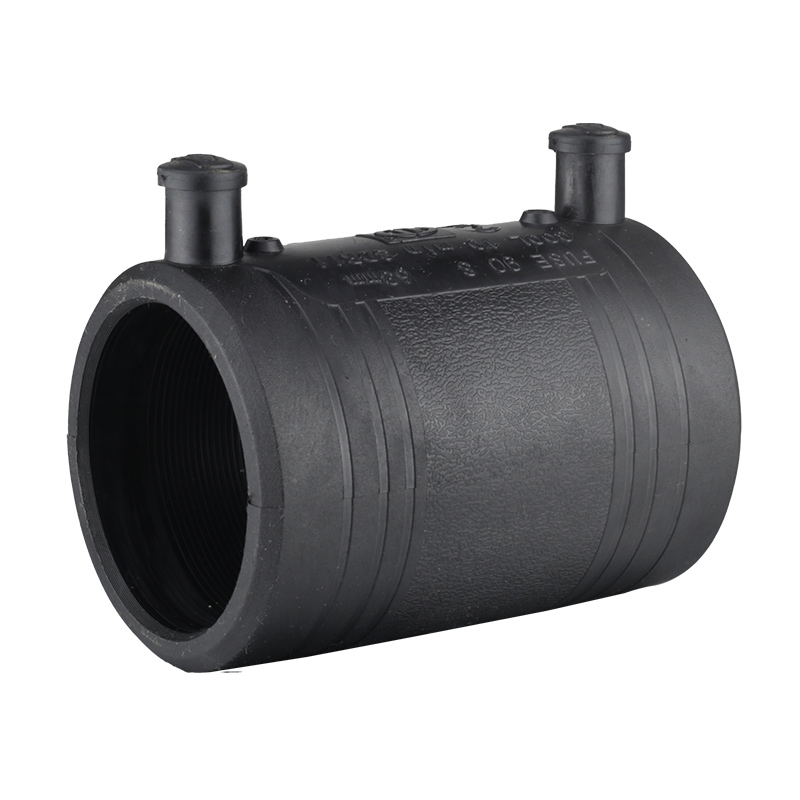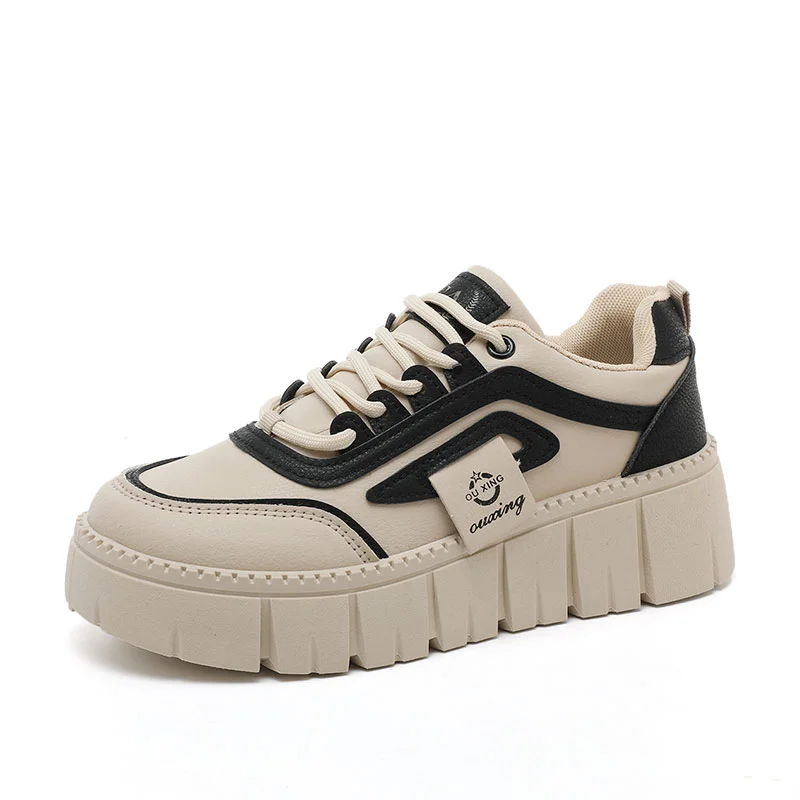https://www.dagongnets.com/Ground-Cover-DWBF-BG100PP-S.html
REASONS TO CHOOSE DWBF-BG100PP/S:
1. Less labor cost. DWBF can help reduce the frequency of weeding and using pesticides, so that the labor cost can be reduced.
2. Stronger roots. DWBF can make a suitable environment for the roots, where has enough air circulation and no extra water.
3.Better flower quality. DWBF can avoid extra growth of the roots, especially when potted flowers are planted above DWBF, so that flowers can get more nutrients.
4.Cultivation management. Unidirectional or cross mark lines can provide reference when placing flowerpots or arranging cultivation matrices, to make the arrangement more accurately.
PRODUCT SPECIFICATIONS:
| Material | Weave | Color | Measure | Wire Diameter | Weight/m² | Shade Rate | Warp Density | Weft Density | Mesh Size | UV Radiation | Warranty | Reinforce | Package |
| PP | Plain Weave | Black | 1*10m | 1000D | 100g | No | Color Card+PE Bag |
How does ground cover weed barrier effectively control weed growth?
As people pay more attention to environmental protection and worry about chemical herbal agents, ground cover weed barrier, as an environmentally friendly and sustainable weed control method, has attracted more and more attention and application. Not only does it excel at controlling weed growth, reducing weed numbers and frequency of weeding, it also has several environmentally friendly features, such as being recyclable and reducing the use of chemical herbicides.
Ground cover weed barrier is a covering made of natural fibers or degradable materials that can be covered on the soil surface to prevent the growth of weeds. Its main function is to reduce the number and spread of weeds by shading, blocking and inhibiting the growth of weeds.
Compared with traditional weeding methods, ground cover weed barrier has the following advantages:
First, ground cover weed barrier can effectively reduce the number of weeds. By covering the soil surface, weed control cloth blocks sunlight and gas exchange for weeds, weakening weed growth conditions. At the same time, weed-proof cloth can also prevent weed seeds from falling to the ground and spreading, fundamentally reducing the reproduction of weeds.
Secondly, ground cover weed barrier reduces the frequency of weeding. Traditional weeding methods often require regular weeding, which is time-consuming and labor-intensive. After using ground cover weed barrier, the frequency of weeding is greatly reduced because the growth of weeds is effectively controlled. This not only saves human resources but also reduces dependence on chemical herbicides.
What are the environmental impacts of ground cover weed barrier?
Ground cover weed barrier is also weed barrier clot. In addition to being effective in weed control, weed barrier clot also has environmentally friendly properties.
First of all, it can be used multiple times, reducing resource waste and environmental pollution.
Secondly, the use of weed barrier clot can reduce the use of chemical herbicides. Traditional weed control methods often rely on chemical herbicides, and these chemicals may cause certain harm to the environment and human health. The use of weed barrier clot can reduce the need for chemical herbicides and reduce the negative impact on the environment.
Dagong is a ground cover weed barrier factory, and can also customize weed barrier cloth. As efficient weed control methods, ground cover weed barrier and weed barrier cloth can not only reduce the number of weeds and the frequency of weeding, but also have environmental protection properties. Its application not only protects soil and plant health, but also contributes to sustainable agricultural and horticultural management. In future environmental protection and sustainable development, ground cover weed barrier and weed barrier cloth will play an increasingly important role.
Vivi
joe@dagongnets.com




More Stories
Maximizing Retail Space with Innovative Display Hooks
Why Bluetooth Water Bottles Are Becoming Popular Among Fitness Enthusiasts
Customizing Intelligent Circulation Fan Remote Controls for OEM and ODM Projects